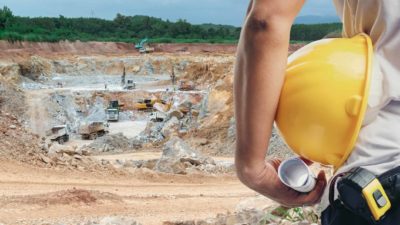Fortescue Metals Group Limited (ASX: FMG) has seen its share price plunge 3.2% in early trading to $2.11, as iron ore prices fell 0.4% overnight.
The iron ore miner has seen its share price decline by close to 20% over the past month, as a short-term spike in iron ore prices resumed its slide. The commodity has fallen in 27 of the previous 30 trading sessions according to The Australian.
Giant iron ore miners Rio Tinto Limited (ASX: RIO) and BHP Billiton Limited (ASX: BHP) have also seen their share prices sink.
The current spot price for iron ore is just US$44.75 a tonne, and just over a dollar away from plunging through the 10-year low of US$44.10 a tonne reached in July this year. Massive oversupply of the metal, falling Chinese steel production and a rising US dollar are all contributing to the falls, with some predicting a fall below US$40 a tonne. Noted iron ore-bear Andy Xie says production cuts are now needed to stop the price from falling below US$40.
I've questioned whether the price could fall further than that, into the US$20 or US$30 a tonne range.
Mr Xie says at prices below US$40 a tonne, the iron ore sector faced a major shakeup, particularly in the smaller and medium-sized miners. "They're going to go under", he says.
Fortescue, Rio, BHP and Vale have the lowest production costs globally, with Fortescue doing a remarkable job of lowering its production costs, estimated to hit US$15 a tonne by the end of the 2016 financial year from US$48 a tonne in 2012.
The company appears confident it can survive any further falls in the iron ore price, repaying debt at a fast pace, and with US$2.6 billion of cash on its hands at the end of September.
Shareholders have certainly had a rollercoaster ride with Fortescue's share price hitting an all-time high of $13.15 in 2008, before falling to a five-year low of $1.58 in August this year.
Where to next for Fortescue's share price?
It really depends on the iron ore price. A fall under US$40 a tonne shouldn't damage Fortescue's business, but it will certainly impact on cash flows and net profit – and again raise concerns that the miner won't be able to meet its debt obligations when they start to become due in 2019.








